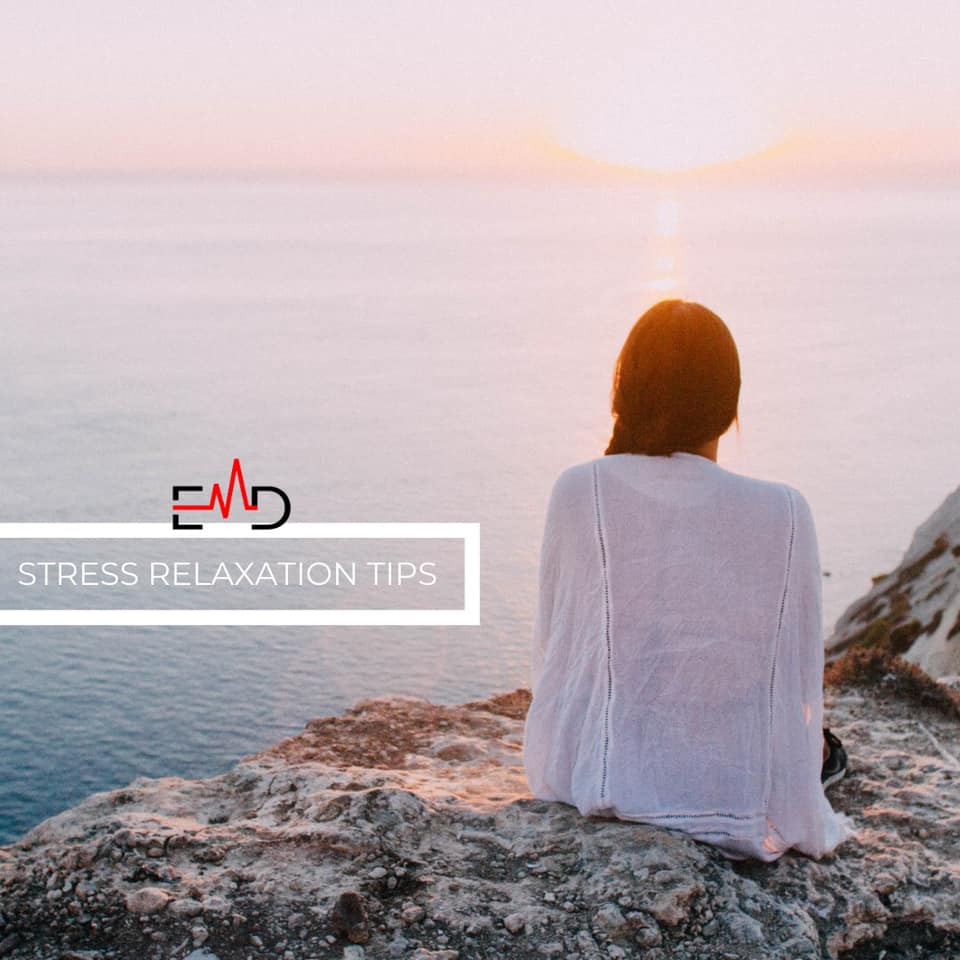Blood pressure during exercise
Photo by Hush Naidoo on Unsplash
Exercise Daily – Blood pressure is the flow of blood in our vessels. When the blood in the vessels slows down, it is known as low blood pressure, and when it rises, it is known as hypertension. So what is the connection between exercise and blood pressure?
People who exercise less are at a high risk of developing hypertension which is high blood pressure. It’s completely safe to exercise no matter if you are having low blood pressure or high blood pressure or do not have them at all.
Your blood pressure increases during exercise, which is completely normal as it gets back to its normal pace after two hours of exercise.
If your blood pressure lies between 140/90 and it means that it is high, and if your blood pressure after exercise is between 90/60, then it means that it is low.
Muscles need more oxygen during exercise than they do at normal times.
Effects of exercise on blood pressure
Aerobic exercises such as swimming, running, cycling or biking put more pressure on your cardiovascular system.
The heart starts beating faster to supply blood and oxygen to your body. Which makes your systolic pressure rise?
It is completely normal if your systolic pressure rise between 160 -220 mm Hg. If your systolic blood pressure crosses 200 mm Hgbeyond 220 mm Hg, then the risk of getting heart problems increases.
Generally, your blood pressure returns to its normal pace after exercise. It even drops slightly after exercise.
Research suggests that people with hypertension experience more decrease in blood pressure.
How much should you exercise?
-
Start slowly
You are not supposed to rush into things in any sphere of life. Whether it’s business, its personal life o it’s your job, everything needs to be dealt with with patience and maturity.
The same is the case with your body. You cannot wake up one morning and just start running aimlessly. You need to start slowly.
Getting ready for exercise is very important. Your body and your mind take time to accept this sudden change, so you have to make it ease into your body step by step.
Allow your blood pressure, muscles, and mind to align with your new exercise routine.
Start slow and steady because, in the end, you have to win the race.
-
Don’t do heavy exercises
Putting an immense burden on any creature all of a sudden sounds cruel and meaningless. Whether it is a living creature or a machine, you cannot put extra load without preparing them for the feast. Everything needs to be adjusted and prepared for the heavy days.
The same is the case with exercises. It is unprofessional and dangerous to do heavy exercises without warming up.
What types of exercises are safe for you?
-
Household chores such as gardening, vacuuming
Light exercises are best for high blood pressure patients. Simple everyday activities, such as cleaning the house and doing yard work, may significantly lower a person’s blood pressure, a study in the journal Medicine & Science in Sports & Exercise suggests, according to a recent press release from Regence BlueCross BlueShield.
Researchers found that four hours of accumulated daily “lifestyle physical activity” led to significant decreases in blood pressure for people with hypertension or prehypertension.
The results were true regardless of the intensity of the activity. Among people with high blood pressure, systolic readings (the first number in a blood pressure reading) dropped an average of 12.9 points for eight hours.
During this time, the people’s blood pressure classification dropped one category, from hypertension to prehypertension.
An increase in Blood pressure during exercise is completely normal, and there is nothing to worry about. It will improve blood pressure levels and overall fitness.
-
Walking
Walking briskly for 30 minutes to 45 minutes, five or six days a week can lower your blood pressure up to 10 points.
You should get a pair of athletic shoes suitable for walking. Many styles of running shoes are appropriate, and the staff at a serious running shoe store can ensure you are properly fitted. Try looking for shoes that are flat, comfortable, and flexible.
If you plan to walk during the workday, bring along a pair of athletic shoes or wear comfortable shoes that will allow you to walk briskly.
Dress in loose clothing that will allow you to enjoy a walk without having your stride or arm motion constricted.
Choose technical fabrics that will wick away sweat and keep you cool and dry. You might even keep a set of workout clothes handy at work or in your car for a quick change.
Begin each walking workout with a couple of minutes at an easy pace as a warm-up. You may get the most out of your walks by using good walking posture and a powerful stride.
You will be able to breathe deeper, and you’ll find yourself able to walk faster.
An increase in Blood pressure during exercise is completely normal, and there is nothing to worry about. It will improve blood pressure levels and overall fitness.
-
Swimming
The available research indicates that swimming exercise performed regularly is very effective and efficient in reducing blood pressure in patients with hypertension.
This can be achieved with intensity (mild to moderate) and a frequency (three times a week) of swimming that most adults can perform easily.
Swimming is considered one of the best exercises for high blood pressure patients. It is even better for older people since it is easy on the joints, and it’s not likely to cause overheating in their joints.
Many types of research have been conducted which show that average swimming for a period of 3 months can reduce blood pressure up to 10 mm Hg.
Try to make swimming a part of your lifestyle for a healthier and better life.
-
Dancing
High blood pressure or hypertension is tied to a multitude of complications, many of which are potentially fatal. These include stroke, aneurysm, heart attack, heart failure, and kidney disease, among others.
Controlling high blood pressure can reduce the risk of developing these complications, and it can be done through many lifestyle modifications.
One of these modifications is to add dancing to your daily routine.
Many types of research have been conducted on the factors that may help control blood pressure with exercises.
Hula, sensuous mimetic Hawaiian dance, performed sitting or standing, with undulating gestures to instruments and chant.
Originally, the hula was a religious dance performed by trained dancers before the king or ordinary people to promote fecundity, honor the gods, or praise the chiefs. However, with the passage of time and with researches, its importance came on the board.
Hula dance is a well-researched dance exercise for patients with high blood pressure. It has been observed that patients indulged in Hula Dance stayed healthier and their blood pressure reading stayed lower even up to six months after the end of hula dance practice classes.
-
Cycling
Try to start with small intervals of cycling. You may start from twice a week to daily. This will immensely improve your health. Blood pressure will start to stay much more stable than before.
Kids do not have blood pressure issues due to their activities. Especially cycling is considered to be one of the best exercises for every age group.
You may do it at home or on track. The choice is totally yours. But one thing you must keep in mind is that you have to push gradually towards tougher exercise.
Cycling can be a fun and beneficial exercise for the whole family, as long as you do it within the limits of your current and planned fitness levels. Be safe out there, and have fun!
An increase in Blood pressure during exercise is completely normal, and there is nothing to worry about. It will improve blood pressure levels and overall fitness.
-
Hiking
The experience of hiking is unique and adventurous. It is scientifically proven that hiking strengthens your glutes, hamstrings, and the muscles in your hips and lower legs.
Hiking lowers stress levels, improves mood, and enhances mental well-being.
Try going for a hike once every week to lower your stress level and keep your blood pressure normal.
-
Desk Tread milling or pedal pushing
These exercises help in controlling blood pressure in patients who have high blood pressure issues.
A rise in Blood pressure while doing exercise is completely normal, and there is nothing to worry about. It will improve blood pressure levels and overall fitness.
Weight Training and high blood pressure
Weight lifting or training can decrease blood pressure, but it will improve your overall health and blood pressure, but you need to be cautious and should follow these instructions very carefully:
- Don’t hold your breath during weight lifting
- Inhale and exhale continuously
- Stop it if you feel out of breath or dizzy
- Lift lighter weights
- Keep yourself hydrated at all times
When you need your doctor’s help?
- Whenever you feel dizzy, you need to consult your doctor immediately. Stop exercises immediately since your sugar level may get lower.
- When your feel pain in your chest, consult your doctor without any delay.
- When your blood pressure does not get normal after exercise, consult your doctor.
Track your progress
The best way to track your progress is to check your blood pressure level before and after the exercise. Further, you must track your progress based on weekly and monthly logs.
After a few months, you’d be able to see an immense improvement in your blood pressure level.
Conclusion
After all, researches, increase in blood pressure during exercise is completely normal, and there is nothing to worry about.
Exercise helps to improve your lifestyle and keeps you healthy and fresh at all times. It helps to fight diseases. It will improve blood pressure levels and overall fitness.



